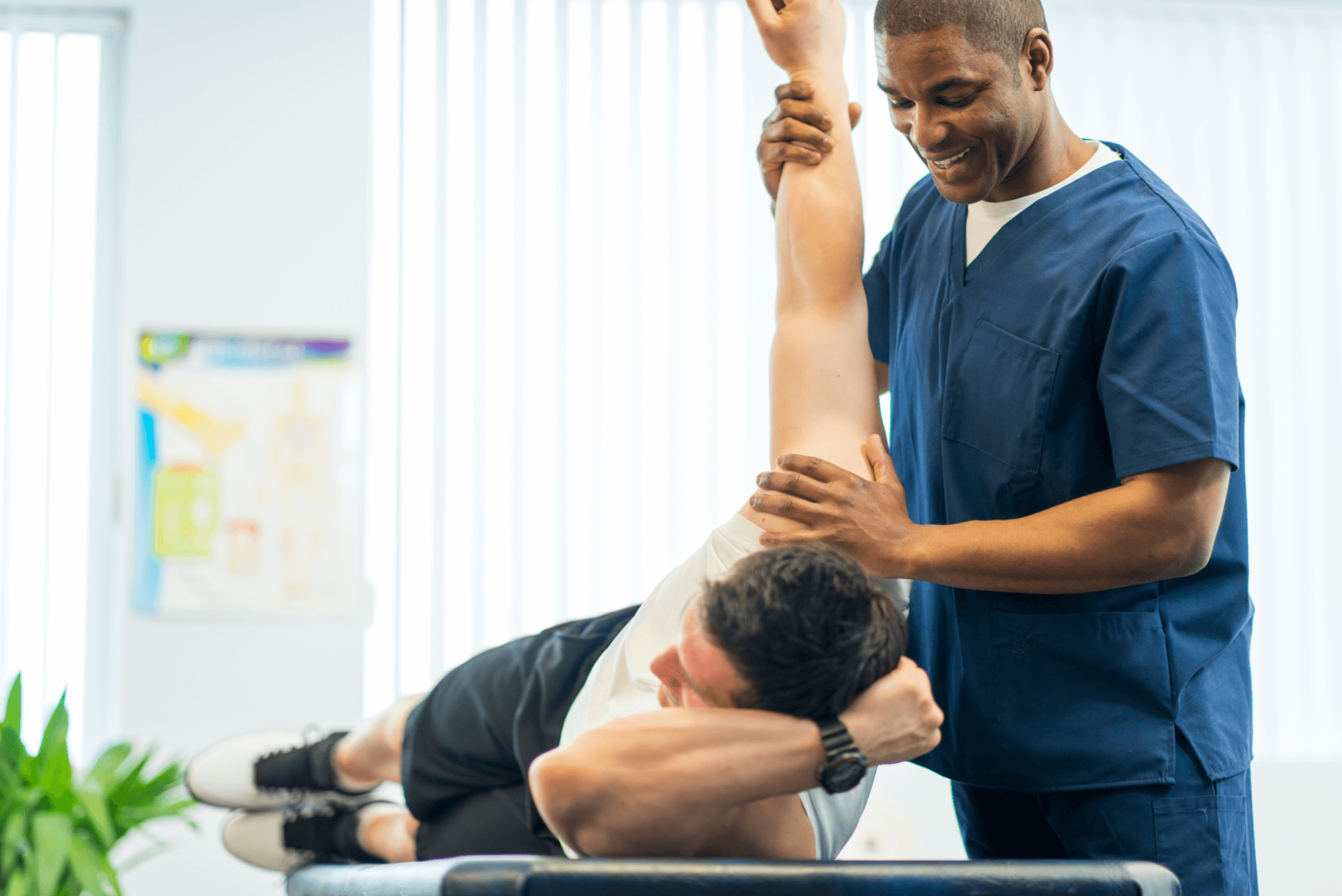u0026srotateu003d0)
Acute traumas in sports can happen suddenly and often lead to serious issues for players. These traumas can range from sprains and strains to breaks and head injuries. To assist reduce these traumas, it is essential to implement targeted protective strategies. These strategies concentrate on awareness, appropriate training, equipment use, and overall health maintenance. By tackling these important areas, players can considerably lower their risk of experiencing acute traumas while engaging in their beloved sports.
One successful method to minimizing the risk of injuries is through instruction. Players, trainers, and parents should be informed about the typical types of traumas associated with specific sports. Comprehending the dynamics of these injuries allows everyone to identify the indicators and signals early. Educational workshops or seminars can help teach players about correct techniques and the significance of preparing up before games or practices. This understanding enables athletes to take responsibility for their safety and motivates them to communicate any worries about potential injuries.
Another crucial protective strategy is adequate training. Athletes should participate in a comprehensive training program that focuses on building strength, flexibility, and endurance. Strength conditioning helps build the muscles that stabilize joints, lowering the likelihood of traumas. Flexibility routines, such as stretching, can improve the scope of motion and reduce the risk of muscle tears. Additionally, athletes should include sport-specific drills that simulate game scenarios, which can help them become more acquainted with the actions involved in their chosen sport. Trainers play a vital role in designing and executing these conditioning programs to ensure they are safe and effective.
The use of suitable equipment is also vital in preventing acute traumas in sports. Athletes should always wear the appropriate equipment for their specific activity, including helmets, pads, and proper footwear. For the original source example, gridiron players need helmets to protect against head injuries, while football players require shin guards to shield their legs from collision. It is essential that equipment is fitted properly and is maintained regularly to guarantee it provides the intended safeguarding. Coaches and parents should motivate athletes to take the effort to choose and wear the right gear to minimize their chances of trauma.
In addition awareness, training, and gear, maintaining overall health is essential for injury avoidance. Athletes should emphasize adequate nutrition, hydration, and rest to keep their bodies in top shape. A balanced diet rich in vitamins and minerals helps support muscle recovery and overall athletic performance. Staying hydrated is also important, as dehydration can result to fatigue and heighten the risk of injuries. Lastly, achieving enough sleep is crucial for recovery and maintaining focus during training sessions and matches. By encouraging good well-being habits, athletes can improve their performance and lower their chances of experiencing acute injuries.
In summary, reducing the likelihood of acute traumas in athletics requires a comprehensive method that includes awareness, adequate preparation, suitable gear, and overall well-being maintenance. By concentrating on these specific protective strategies, players can more effectively protect themselves from the dangers of injuries. Coaches, parents, and athletes all have important roles to play in fostering a safe sports environment. By cooperating together and prioritizing safety, the enjoyment of sports can continue without the interruption of painful injuries.